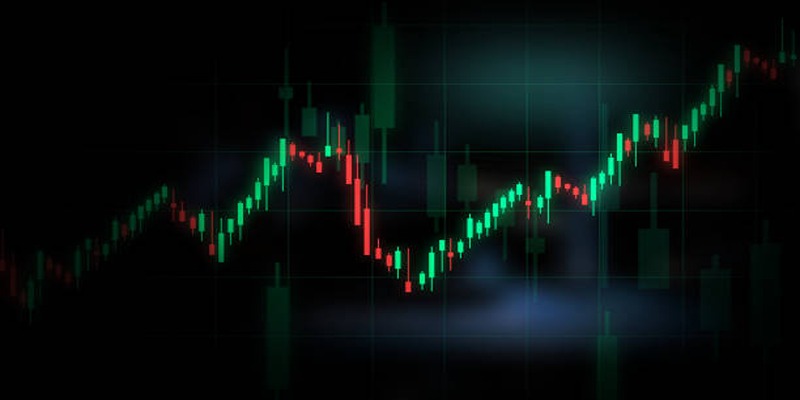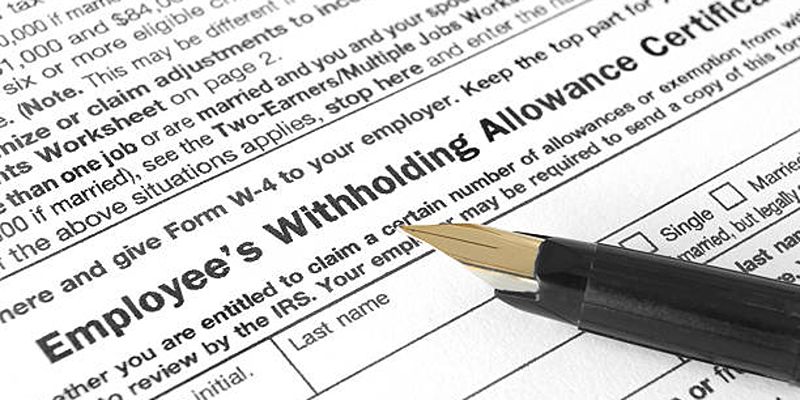Supply-side economics, often hailed as a cornerstone of conservative economic policy, has been a subject of debate and analysis for decades. Advocates argue that fostering a conducive environment for businesses and entrepreneurs to thrive ultimately benefits everyone, while critics question the distributional consequences of such policies. In this article, we will delve into the impact of supply-side economics through case studies and examples, shedding light on its effects on economic growth, employment, and income distribution.
1 . The Reagan Era: Tax Cuts and Economic Expansion
A prime example of the implementation of supply-side economics can be found in the United States during the Reagan administration. In the early 1980s, President Ronald Reagan introduced a series of tax cuts aimed at stimulating economic growth. These cuts, often referred to as Reaganomics, focused on reducing marginal tax rates for individuals and corporations.
The result was a period of robust economic expansion, marked by increased investment, higher productivity, and job creation. Proponents argue that the tax cuts incentivized businesses to invest and expand, leading to a flourishing economy. However, critics contend that the benefits disproportionately favored the wealthy, exacerbating income inequality.
The Advent of Reaganomics: An Overview
To understand the impact of supply-side economics during the Reagan era, it is crucial to look at its main components. The cornerstone of Reaganomics was a significant reduction in personal income tax rates, dropping from 70% to 28% for the top bracket. Corporate tax rates were lowered from 46% to 34%, and capital gains taxes were reduced from 28% to 20%. These changes aimed to increase the after-tax income of individuals and businesses, incentivizing them to engage in economic activities.
Tax Cuts: A Stimulus for Economic Growth?
The main argument for supply-side economics is that tax cuts will spur economic growth by freeing up resources for investment and consumption. In the case of Reaganomics, the reduction in personal income tax rates was intended to encourage individuals to work harder and invest more. At the same time, lower corporate taxes were expected to stimulate business investment and innovation.
The Impact on Investment, Productivity, and Job Creation:
The result of Reaganomics was indeed impressive in terms of economic growth. The United States experienced a period of sustained expansion, with GDP growing at an average rate of 3.5% per year between 1982 and 1989. Investment increased by 30%, and productivity grew by over 20%.
The Critique: Income Inequality and Distribution Issues
While the economic boom under Reaganomics was undeniable, critics highlighted the unequal distribution of its benefits. The tax cuts disproportionately benefited the wealthiest individuals and corporations, exacerbating income inequality. Additionally, the decreased tax revenue resulted in significant budget deficits and increased national debt.
The Reagan Era:
The Reagan era provides an interesting case study for the impact of supply-side economics on economic growth and income distribution. While it did lead to a period of impressive expansion, the unequal distribution of its benefits raises questions about its effectiveness in promoting widespread prosperity.
2 . Ireland's Economic Transformation: Low Corporate Taxes

Ireland provides another compelling case study of supply-side economics in action. In the 1990s, the country implemented a strategy of attracting foreign investment by significantly lowering its corporate tax rate. This move led to the establishment of Ireland as a European hub for multinational corporations.
The influx of foreign companies resulted in job creation, increased exports, and a boost to the country's overall economic output. However, similar to the Reagan era, critics argue that the benefits were not evenly distributed, with concerns about income inequality and the potential erosion of social services.
3 . China's Economic Reforms: Opening Up to Markets:
China's shift towards a more market-oriented economy since the late 20th century is another noteworthy example. Deng Xiaoping's economic reforms focused on reducing state control, encouraging private enterprise, and opening up the country to foreign investment.
This transformation propelled China into becoming a global economic powerhouse, lifting millions out of poverty and creating a burgeoning middle class. The Chinese example underscores how supply-side policies, when effectively implemented, can lead to significant economic growth and development.
Deng Xiaoping's Market Oriented Reforms:
Deng Xiaoping's economic reforms included policies such as decentralizing decision-making, allowing private ownership of businesses, and liberalizing trade and investment. These measures aimed to increase the efficiency of the economy by reducing government intervention and promoting market competition.
The Reduction of State Control in Economic Activities:
China's economic transformation hinged on a crucial aspect: the diminishing influence of state control in production and distribution. By granting businesses greater flexibility and autonomy, the government fostered an environment that nurtured innovation, productivity, and healthy competition.
Encouraging Private Enterprises and Investment:
Under Deng Xiaoping's reforms, the private sector was encouraged to play a more significant role in the economy. This move led to a surge of entrepreneurial activity and foreign investment that fueled economic growth.
The Impact of Foreign Investment on China's Economy:
The opening up of China's markets to foreign investment played a crucial role in its economic transformation. The influx of capital, technology, and expertise from abroad contributed significantly to the country's modernization and development.
4 . The Challenges of Trickle-Down Economics: Lessons from the Global Financial Crisis

While supply-side economics has seen successes, the global financial crisis of 2008 raised questions about the sustainability and inclusivity of these policies. Critics argue that the deregulation of financial markets and tax cuts for the wealthy contributed to the crisis, challenging the notion that benefits would automatically trickle down to all segments of society.
Deregulation and the 2008 Financial Crisis:
The deregulation of financial markets, particularly in the United States, is often cited as a contributing factor to the global financial crisis. Critics argue that lax regulations allowed for risky and unethical practices, leading to the collapse of major financial institutions and widespread economic turmoil.
Tax Cuts for the Wealthy: Contribution to the Crisis:
The tax cuts for the wealthy, a staple of supply-side economics, have also faced criticism in the wake of the 2008 crisis. Many argue that these cuts contributed to income inequality and reduced government revenue, which could have been used to mitigate the effects of the crisis.
The Notion of Trickle-Down Economics:
The global financial crisis highlighted the limitations and challenges of trickle-down economics. While it may lead to short-term economic growth, its impact on income distribution and long-term sustainability requires careful consideration and potential adjustments in policy implementation.
Income Inequality Exacerbated by the Crisis:
The 2008 crisis also exacerbated income inequality, as those at the top of the economic ladder were less affected, while those at the bottom suffered significant job losses and financial hardships. This unequal impact further calls into question the effectiveness of trickle-down economics in promoting widespread prosperity.
Conclusion:
In exploring the impact of supply-side economics through case studies and examples, it becomes evident that while these policies can stimulate economic growth, they also pose challenges related to income inequality and distribution. Striking a balance between fostering a business-friendly environment and ensuring equitable outcomes remains a central challenge for policymakers. As we reflect on the successes and shortcomings of supply-side economics, the conversation around shaping effective economic policies for the future continues to evolve.







